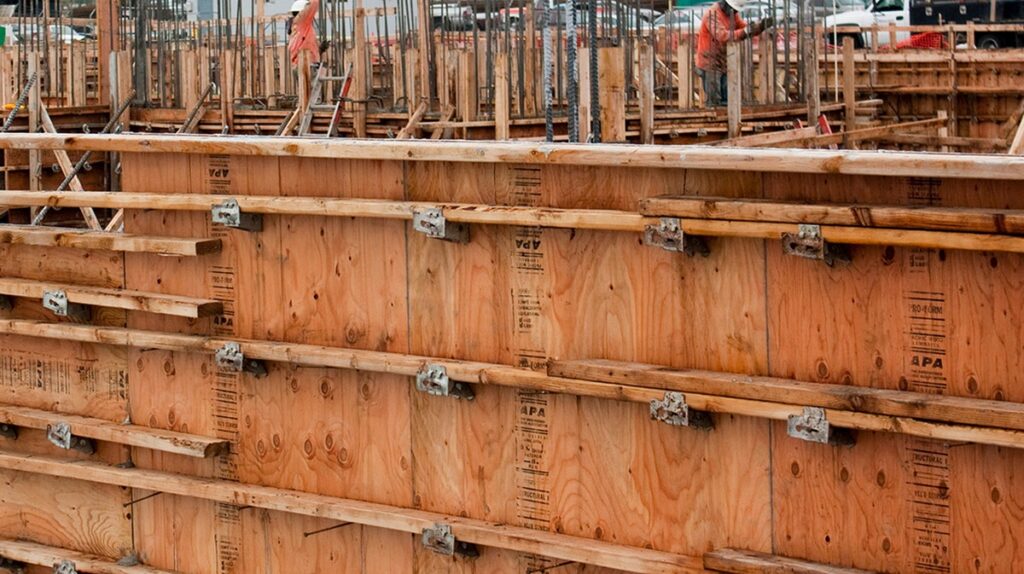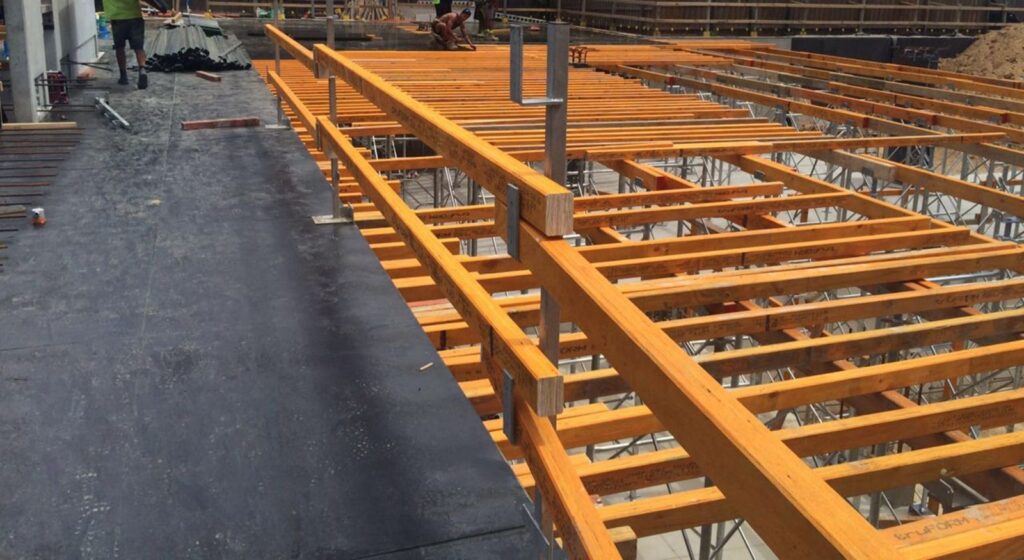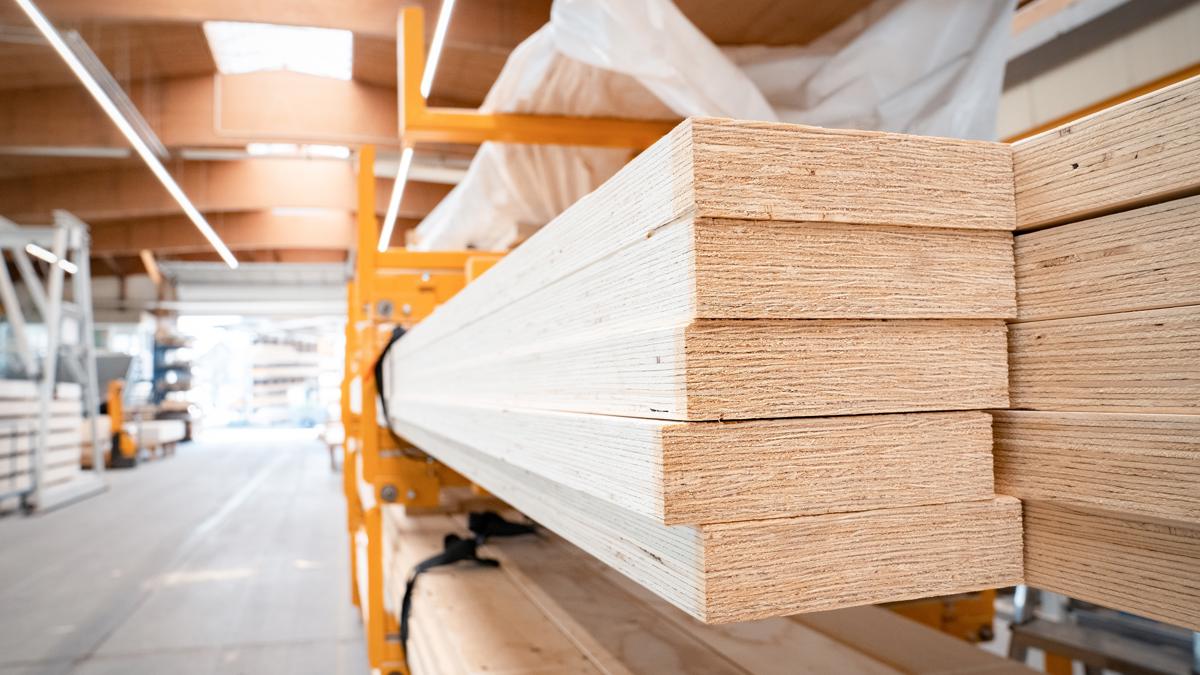Understanding Timber LVL Formwork Prices and Value
Timber LVL formwork is an essential component of construction projects and plays a crucial role in shaping the structure. As with any construction material, understanding the prices and value of timber LVL formwork is important for builders and project managers. This article discusses the basics of timber LVL formwork, factors influencing its prices, assessing its value, and a price comparison with other material options.
The Basics of Timber LVL Formwork
Before delving into the prices and value, it’s crucial to have a clear understanding of what timber LVL formwork is. Timber LVL formwork refers to the use of Laminated Veneer Lumber, or LVL, as a material to create formwork used in concrete construction. LVL is made from multiple layers of thin wood veneers bonded together with adhesives, resulting in a strong and durable material.
Several factors contribute to the overall timber lvl formwork prices. By understanding these factors, builders and project managers can make informed decisions regarding formwork materials and budgets.
Timber LVL formwork is a versatile and widely used construction method that offers numerous benefits. In addition to its strength and durability, LVL formwork is known for its dimensional stability, which helps maintain the shape and structure of the concrete during the setting process. This type of formwork is also lightweight compared to traditional formwork materials, making it easier to handle and transport on construction sites.
What is Timber LVL Formwork?
Timber LVL formwork is a temporary structure used to support freshly poured concrete until it sets and gains sufficient strength to support its own weight. These formworks, made from LVL panels, are designed to withstand the pressure exerted by the concrete and remain in place until the concrete is cured.
One of the key advantages of using timber LVL formwork is its reusability. Unlike traditional formwork materials that are often discarded after a single use, LVL formwork can be used multiple times, making it a cost-effective and sustainable option for construction projects. This reusability not only reduces waste but also contributes to a more environmentally friendly construction process.

Key Components of Timber LVL Formwork
Timber LVL formwork consists of several essential components, each playing a specific role in the construction process. These components include LVL panels, walers, soldiers, props, and connectors. LVL panels provide the main surface for the concrete, while walers, soldiers, props, and connectors provide support and stability to the formwork structure.
Walers are horizontal beams that distribute the weight of the concrete across the formwork, while soldiers are vertical members that help maintain the alignment and spacing of the formwork. Props are adjustable supports that help bear the weight of the formwork and the concrete, while connectors are used to join different formwork elements together securely. Each of these components is essential for ensuring the strength and stability of the timber LVL formwork system.
Factors Influencing Timber LVL Formwork Prices
When considering material costs, it’s essential to take into account the environmental impact of the timber used in LVL panels. Sustainable forestry practices and certifications, such as FSC (Forest Stewardship Council), can affect the pricing of timber LVL formwork. Builders increasingly prioritize eco-friendly materials, leading to a shift in the market towards sustainable options, which may come at a premium.
Material Costs
The cost of LVL panels, as well as other components required for timber LVL formwork, can vary based on factors such as the quality and availability of the wood, manufacturing processes, and market demand. Additionally, transportation and delivery costs may also impact the overall material costs.
Moreover, the treatment and finishing of timber LVL formwork can influence its price. Fire-retardant treatments or specialized coatings for increased durability can add to the overall cost but may be necessary depending on the project requirements and regulations. Understanding these additional material considerations is crucial for accurate budgeting and project planning.
Labor Costs
The labor costs associated with timber LVL formwork include the installation, dismantling, and maintenance of the formwork. Skilled workers are required to ensure the formwork is properly assembled and secured to withstand the concrete pressure. Labor costs may vary depending on the complexity of the project and the availability of experienced workers.
Market Trends
The dynamic nature of the construction industry and market trends can also influence timber LVL formwork prices. Changes in supply and demand, fluctuations in material costs, and advancements in formwork technologies can all impact the prices of timber LVL formwork. Read more about fluctuations at https://pubmed.ncbi.nlm.nih.gov/3062549/
Additionally, innovations in timber engineering and construction methods can influence pricing. New techniques, such as prefabrication or modular formwork systems, can streamline the construction process, potentially reducing labor costs and overall project timelines. Staying informed about these market trends and technological advancements is key to optimizing the use of timber LVL formwork within budget constraints.
Assessing the Value of Timber LVL Formwork
While understanding the prices of timber LVL formwork is important, assessing its value is equally crucial. The value of timber LVL formwork goes beyond its initial cost and considers factors such as durability, efficiency, performance, and environmental impact.
When delving into the world of timber LVL formwork, one cannot overlook the intricate details that contribute to its overall value. From the way it is manufactured to the way it performs on construction sites, every aspect plays a vital role in its significance within the industry.
Durability and Longevity
Timber LVL formwork is known for its exceptional durability. Its laminated structure provides strength and stability to withstand the concrete pressure. When properly maintained, timber LVL formwork can be reused multiple times, making it a cost-effective and sustainable option.
Furthermore, the longevity of timber LVL formwork extends beyond its physical lifespan. The reliability it offers in construction projects adds a layer of value that goes beyond mere monetary considerations. Knowing that the formwork can withstand the rigors of multiple uses instills confidence in builders and contractors alike.
Efficiency and Performance
The use of timber LVL formwork enhances construction efficiency and performance. The lightweight yet robust nature of LVL panels allows for easy handling and installation, reducing labor and time requirements. Additionally, LVL formwork provides a smooth surface finish, ensuring high-quality concrete structures.
Moreover, the efficiency gains achieved through the use of timber LVL formwork ripple through the entire construction process. The ease of assembly and disassembly not only speeds up the work but also ensures a level of precision that is crucial in modern construction practices. This level of performance is a testament to the value that timber LVL formwork brings to the table.
Environmental Impact
Timber LVL formwork offers environmental benefits compared to alternative materials. Wood is a renewable resource, and responsible harvesting and manufacturing practices make timber LVL formwork a sustainable choice. Furthermore, the carbon sequestration properties of timber contribute to reducing greenhouse gas emissions.
Considering the environmental impact of construction materials is no longer a choice but a necessity in today’s world. Timber LVL formwork stands out as a beacon of sustainability in an industry that is constantly evolving to meet eco-friendly standards. Its ability to be recycled and its minimal carbon footprint make it a valuable asset in the quest for greener construction practices. Click here to read more about carbon.
Price Comparison: Timber LVL Formwork vs Other Materials
When considering timber LVL formwork, it’s essential to compare its prices with other material options to make an informed decision.
Timber LVL formwork is a widely used construction material known for its strength, versatility, and cost-effectiveness. However, it’s important to explore alternative options to ensure the best choice for your specific project needs.

Cost of Steel Formwork
Steel formwork is a popular alternative to timber LVL formwork. While steel formwork offers durability and reusability, it often comes at a higher price due to the material and manufacturing costs. Additionally, the weight of steel formwork can make handling and installation more challenging, potentially increasing labor costs.
Despite the higher upfront investment, steel formwork can provide long-term savings due to its durability and ability to withstand harsh weather conditions. It is an excellent choice for projects that require frequent use and demand a high level of structural integrity.
Cost of Plastic Formwork
Plastic formwork is another option available in the market. Plastic formwork offers lightweight, reusable, and easy-to-handle advantages. However, the initial cost of plastic formwork can be higher than timber LVL formwork. Additionally, concerns regarding the environmental impact of plastic materials may influence decision-making.
While plastic formwork may be more expensive initially, it offers significant benefits in terms of ease of use and reduced labor costs. Its lightweight nature allows for quick installation and dismantling, enhancing overall project efficiency. Moreover, the environmental concerns can be mitigated by opting for recycled plastic formwork, contributing to sustainable construction practices.
Cost of Aluminum Formwork
Aluminum formwork is known for its strength and durability. It offers a reusable solution that can withstand multiple construction cycles. However, the higher material and manufacturing costs associated with aluminum formwork often result in a higher price tag compared to timber LVL formwork.
Despite the higher upfront cost, aluminum formwork provides exceptional value in terms of longevity and versatility. Its lightweight yet sturdy composition allows for easy transportation and installation, reducing labor costs. Furthermore, the reusability of aluminum formwork makes it a cost-effective choice for projects with repetitive construction requirements.
Understanding the prices and value of timber LVL formwork is essential for making well-informed decisions when it comes to construction projects. By considering the basics, factors influencing prices, assessing value, and comparing prices with other materials, builders and project managers can optimize their construction processes in terms of cost, efficiency, and sustainability.
Ultimately, the choice between timber LVL formwork and alternative materials depends on the specific project requirements, budget constraints, and long-term goals. By carefully evaluating the pros and cons of each option, you can ensure that your construction project is not only structurally sound but also economically viable.
Read about lvl construction: How LVL Construction Materials Enhance Building Projects

